Way back in the summer of 2009, our family spent a few months at my in-law’s farm. In addition to the 100-year-old farmhouse, beautiful large garden, and sprawling fields of crops, the barn held a couple dozen chickens (both hens and a couple roosters). This was my first adventure with chickens and I was smitten from the start. I also had the opportunity of being the chicken caretaker while my in-laws were out of town for 2 weeks during a brutal Minnesota winter, so i got to see both sides of chicken care (fun, happy times in the summer, and the harsh reality of keeping them alive in the winter). Still, I knew that was the life for me.
Fast forward to April 2015 and we had 12 little baby chicks of our own. Kind of like when you have your first kid, you just do what others tell you is best because they know what they’re talking about, right? While that’s true for some aspects of chicken care (and childcare, for that matter), it’s not true for all of them. What works for one person may not be ideal for the next. And so was the case for us. We quickly determined our own routine, preferred methods for doing things, and we thought we had it all figured out.
We are now on our 3rd batch of baby chicks, having had a total of over 45 chickens over the course of 3.5 years. In the fall of 2018, we culled the flock (a nice way of saying we butchered the entire flock) and started fresh. We had a variety of reasons for doing this, it certainly wasn’t a thoughtless action. While we do love our chickens and are grateful for the eggs they provide, we always know from day one that they will eventually become meat birds as well. And because we know that we are going to eat their eggs and their meat, we want to make sure they are as healthy as possible.
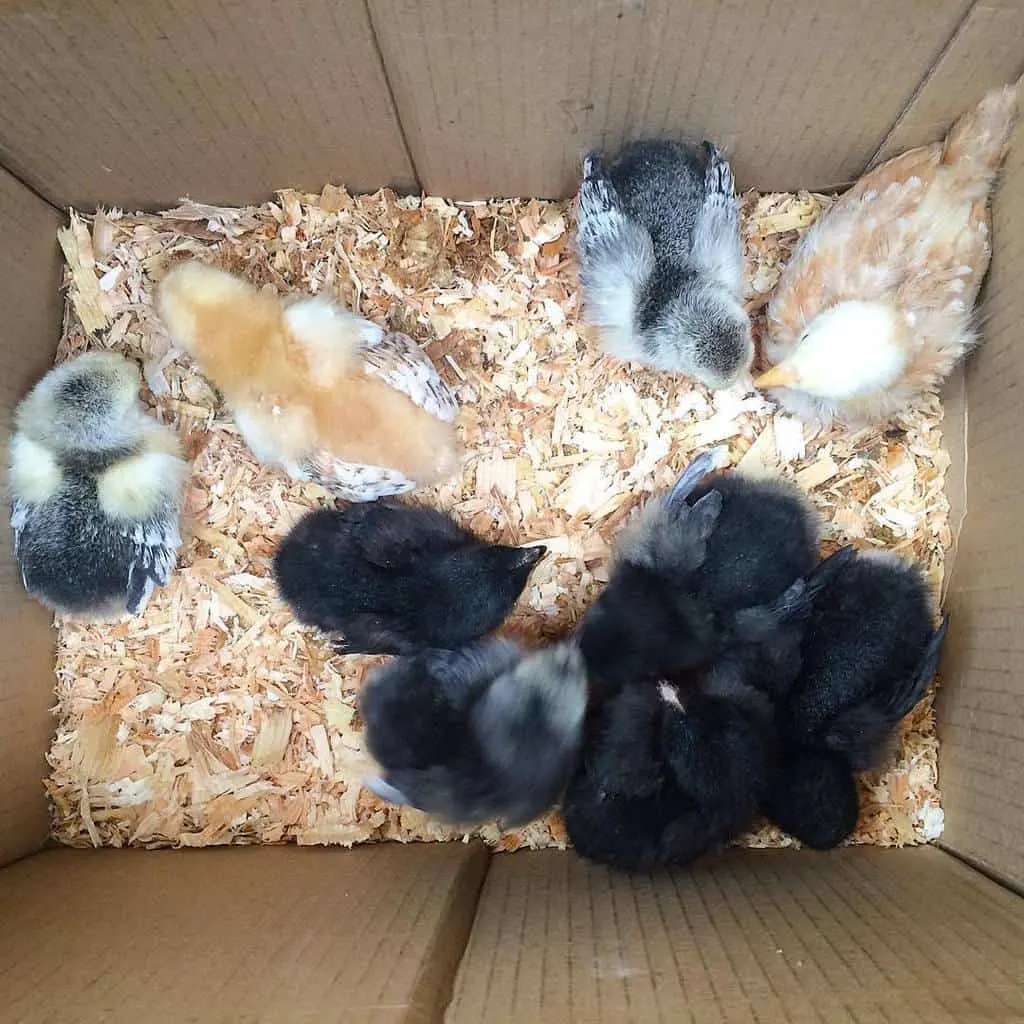
Proper Diet for Chickens
When we butchered the last 10 chickens, we found a lot of unhealthy fat around their organs and throughout their body. This really concerned me and I wanted to know what we could change about their diets and lifestyle to prevent that in our future flocks. We had been feeding them “layer pellets” from the local feed store. I assumed that was best because it was the optimal blend of nutrients for laying hens. It took me a while to realize that I didn’t really know what was in those compressed little pellets of “food”.
That’s why I did a lot more research this time around so I could find the best food and supplements for them from the start. I knew I wanted them eating real food, but I thought that meant I had to purchase all the individual components and blend it myself, and I wasn’t sure I’d get the ratios right. I also wanted it to be organic, clean, and non-medicated, especially for the little chicks. It is nearly impossible to find non-medicated chick feed, but not entirely impossible. I was so happy to come across Scratch & Peck Feeds. Not only do they have real, organic, whole chicken feed, but they also carry non-medicated chick starter. Jackpot!
Also worth mentioning, if you can free-range your chickens on grass and bugs, DO IT! Not only is that way more natural and beneficial to them (and you, via the eggs you eat), but it will save you money on feed and supplements since part of their diet will be grass and insects. Unfortunately, we have too many predators year-round, day and night, to allow our chickens out too often, so we let them graze and till the garden for us in the Fall and again in the Spring.
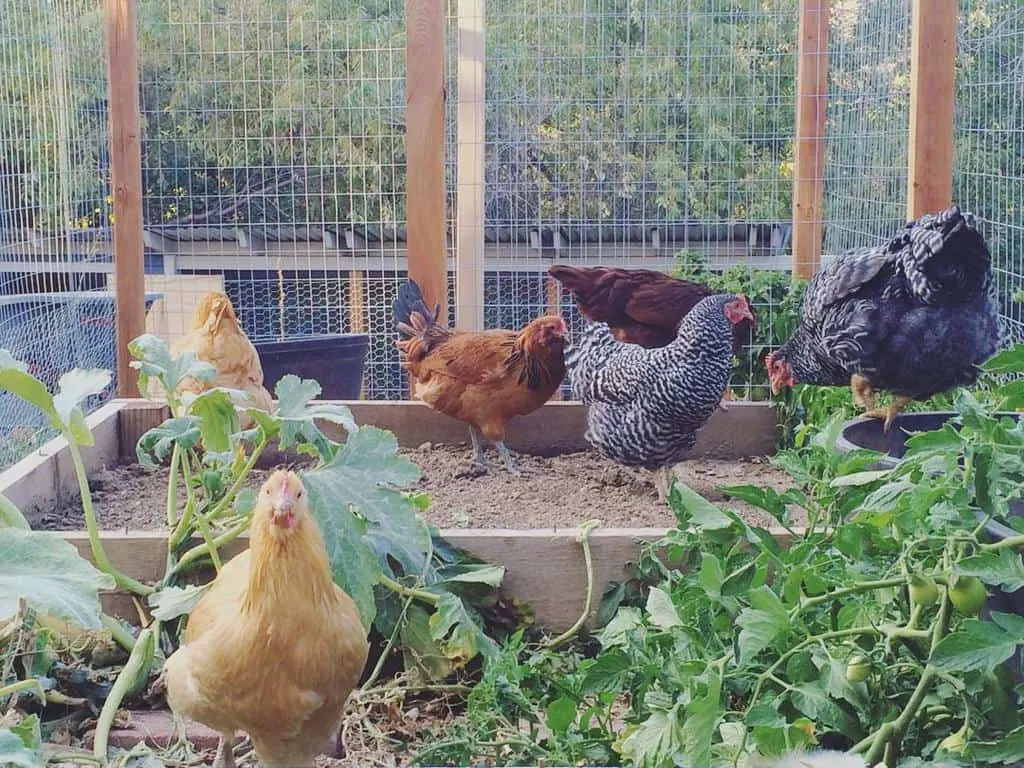
But the feed is just the start. I now incorporate various supplements in their feed, and since we opted against the chick vaccinations for our small backyard flock, I also supplement their water with Apple Cider Vinegar to boost their immune systems. Listed below is are all the feed/supplements & materials we keep on hand and where we get them:
Feeds
- Scratch & Peck Feed Organic Chick Starter
- Scratch & Peck Chick Grit
- Scratch & Peck Organic Layer Feed
- Scratch & Peck Layer Grit
Supplements
- Fresh Eggs Daily Coop Kelp
- Fresh Eggs Daily Brewer’s Yeast
- Scratch & Peck Cluckin’ Good Herbs
- Scratch & Peck Cluckin’ Good Oyster Shell
- Bragg’s Raw Organic Apple Cider Vinegar (we also sometimes get the raw organic ACV at Costco if they have it in stock)
Supplies/Materials/Resources
- Chick Feeder/Waterer
- Brinsea EcoGlow Brooder
- Hoover’s Hatchery
How to Supplement Chicken Feed
For both the chicks and for full-fledged adult laying birds, we mix 1 cup of feed with 1/2 teaspoon each of the Coop Kelp and Brewer’s Yeast. For the adult laying birds, we also add 1 tablespoon of Cluckin’ Good Herbs per cup of feed and offer the Oyster Shell in a separate bowl, free choice.
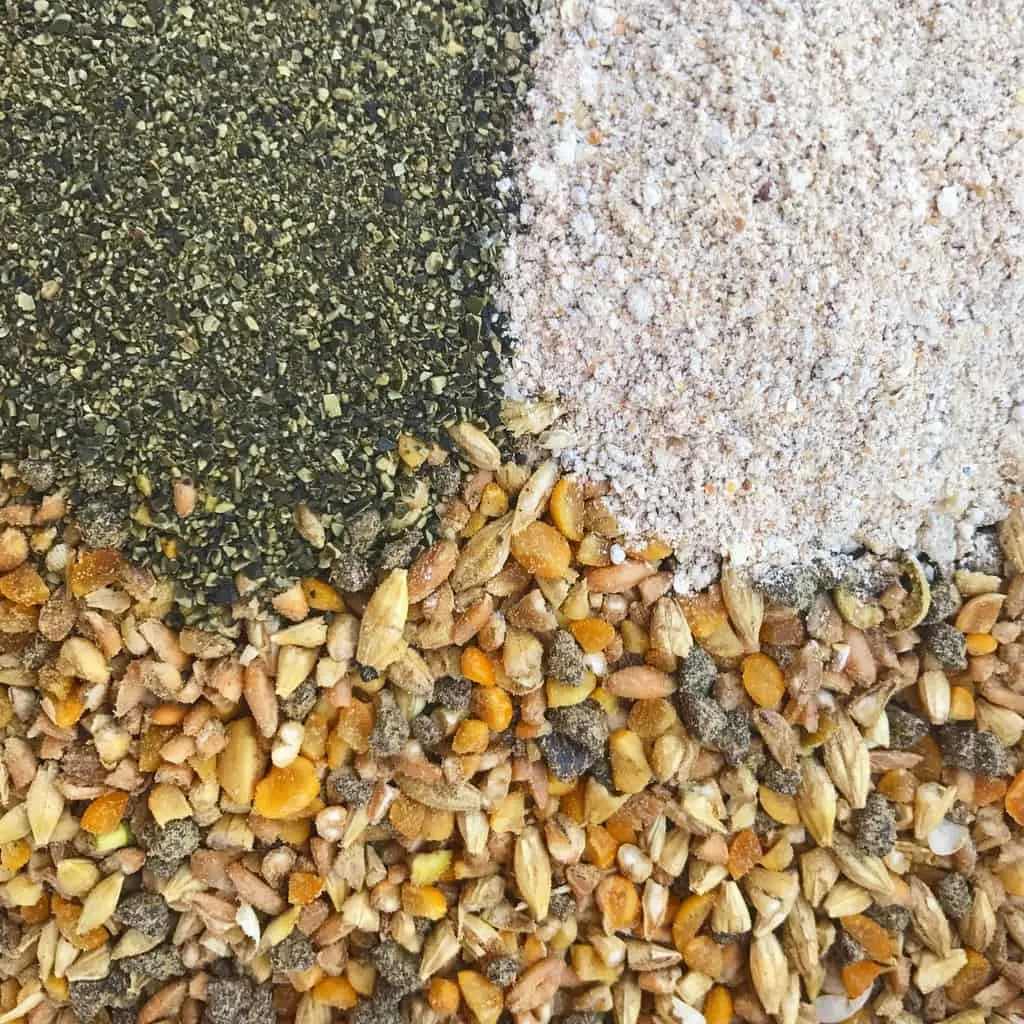
While the feed is great on it’s own (I mean seriously, look at it, you can just see everything that’s in there, there’s no hiding weird ingredients or additives in it like the pellet feed), the supplements have a whole host of added benefits:
Coop Kelp
- Enhances the immune and digestive systems
- Improves feather appearance
- Aids in healthy weight gain
- Improves egg yolk color, boosts egg production, and increases hatchability
Brewer’s Yeast
- Contains Niacin (Vitamin B3), essential for proper bone development
- Provides immune, digestive and respiratory system support
- Results in a reduction in manure odor
Cluckin’ Good Herbs
- Nettle: Calcium, bone strengthening, increase eggshell strength
- Ginger: Anti-inflammatory, antioxidant
- Garlic: Immune support
- Basil: Adaptogen, anti-inflammatory
- Thyme: Respiratory health
- Calendula: Contains xanthophylls, which deepens egg yolk color
- Oregano: Antioxidant for immune support
- Parsley: Good source for vitamin K, D, and A, folate and iron
Oyster Shell
- Provides supplemental calcium to ensure strong egg shells

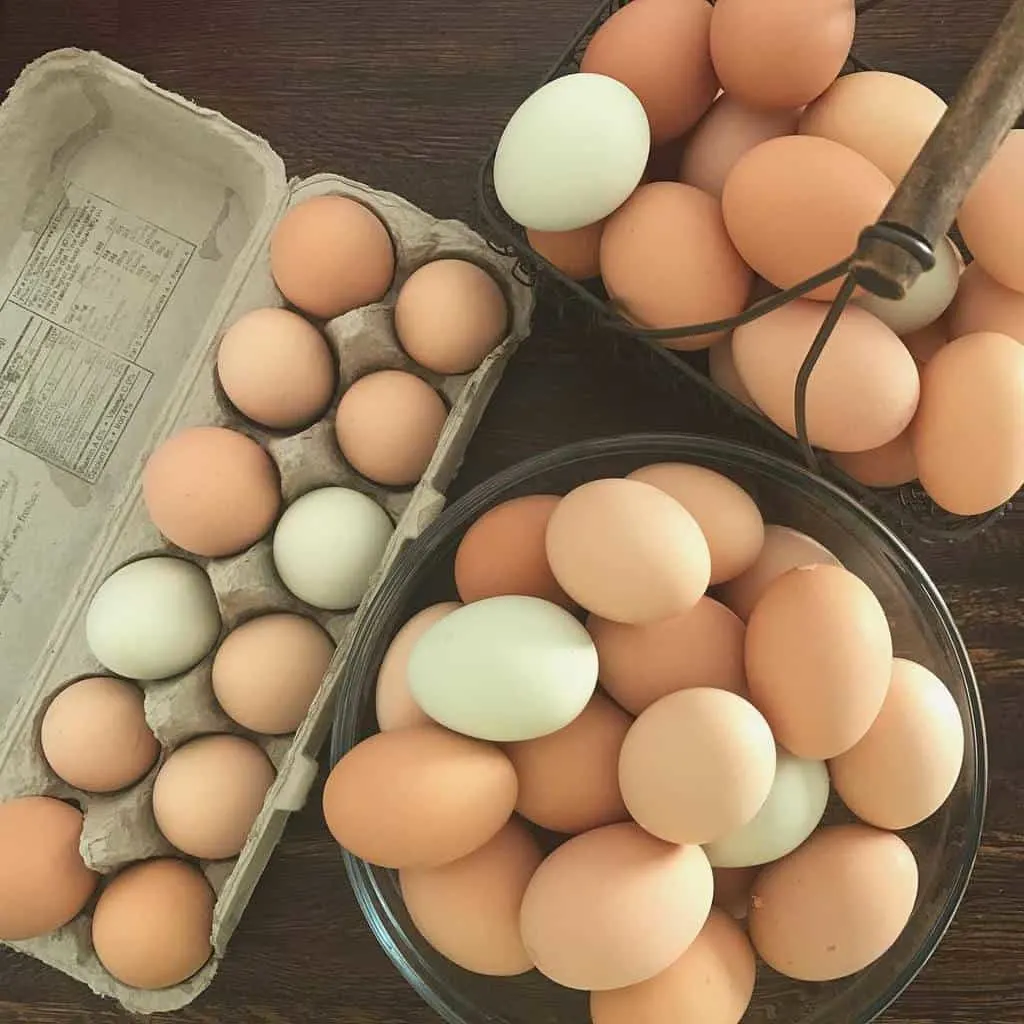
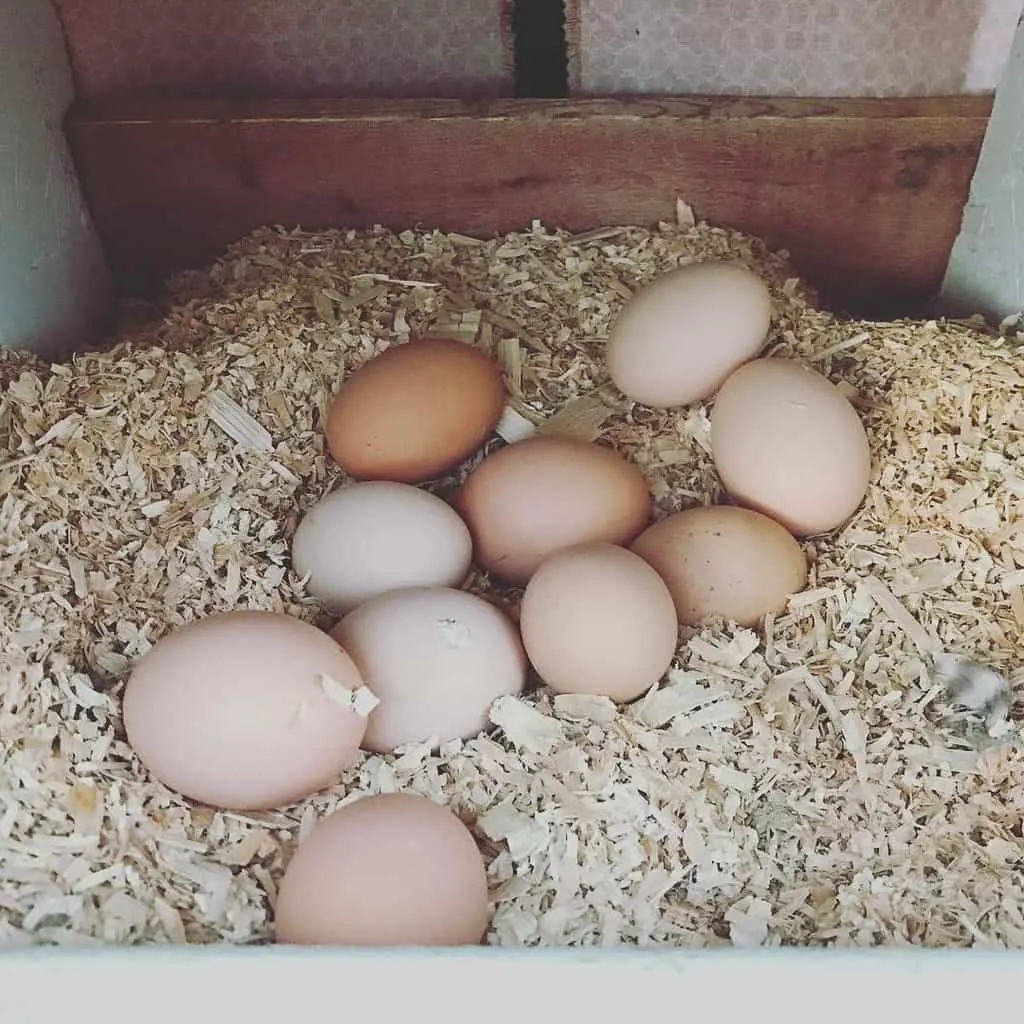
Supplementing Chicken Water
As for the Apple Cider Vinegar (ACV), we use this to boost the chickens (especially the babies’) immune systems. Since we want to keep intervention and medication as limited as possible (ideally, none), we use natural resources to keep them healthy. ACV keeps their guts healthy, warding off bad bacteria, and lowers the pH levels in the intestines. And since we’re paying extra for oyster shell, it would be ideal if the chickens were absorbing the maximum amount and ACV increases calcium absorption as well.
But wait, there’s more. ACV is an antispectic, so not only do the chickens have healthy guts, they also have less chance of having respiratory issues caused by any bugs they may want to pass on to each other (and I don’t mean the creepy crawlies that they like to eat).
So how much do we give them? For the chicks, I just drop in a splash in their little chick waterer, but for the adult birds, they get 1 tablespoon per gallon of fresh, clean water every other week. I also make sure to clearly mark on the bottle that this ACV is for the chickens so it doesn’t find it’s way into the house and into our food/drinks.
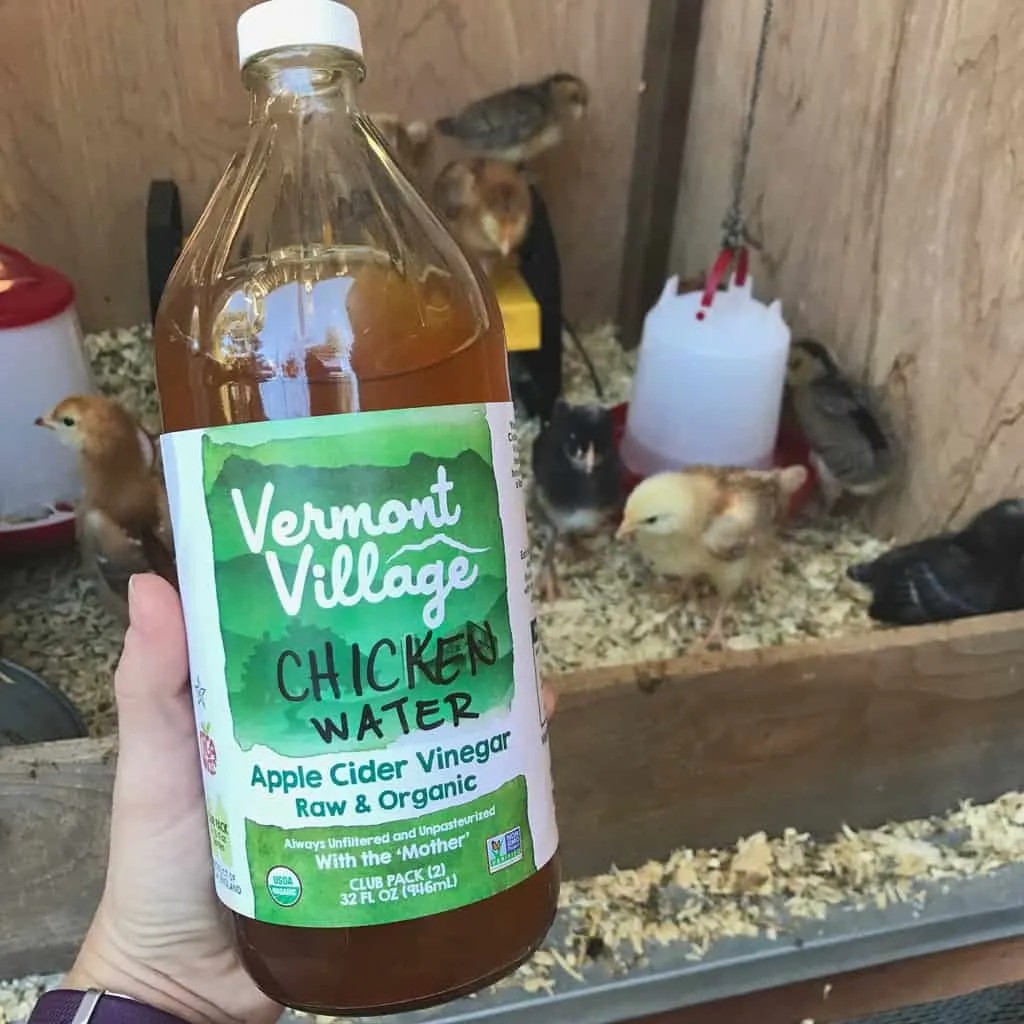
**NOTE** ACV will corrode and rust metal waterers, so if you’re using this supplement for your flock, stick to a plastic watering container. This is a benefit all on it’s own because I have had nothing but problems with the galvanized metal waterers in the past and much prefer a lighter weight plastic one anyway.
Raising Chicks in the Fall
For the past 3 years, we have always gotten Spring chicks. This year, however, we decided to change things up and got our chicks in the Fall, having them delivered in early September. I put a lot of thought and reasoning into this and it just made so much sense.
We raise chickens primarily for their eggs. When you raise chicks in the Spring, they are usually at maturity (read: laying age) by about September/October, when the days are shorter. Shorter days mean less natural daylight. Less daylight means less egg-laying hormone stimulation which means although you may get a few eggs here and there, they won’t really start laying until the following Spring, when the days start getting longer and they have more natural light to stimulate the hormones.
Now switch that up, and say you raise the babies in the Fall. September babies will reach laying age around February/March. So by the time the days are longer and there’s more light, they’re ready to go! no waiting an entire year for full egg production, they start when the season does too.
The trick is, you need to get them early enough in the Fall so that they have grown in most of their feathers by the time the cold weather arrives so they’re able to maintain their body temperature through the cold months. Late Aug/early Sept is a good time for most areas that have cold winters.
We raise our chicks in a modified brooder in the chicken coop, typically on straw. We have done 3 different methods of chick brooders and this year’s setup is by far my favorite. They get to start their lives in their permanent home, no moving around from one place to the next. They’re not in the house or garage, making a dusty mess of everything. And as they grow and need more space, we can simply remove the space-limiting walls and they can have free roam of the entire coop house. Plus, it’s so easy to access them and their feeder/waterer the way they’re setup in the coop as babies.
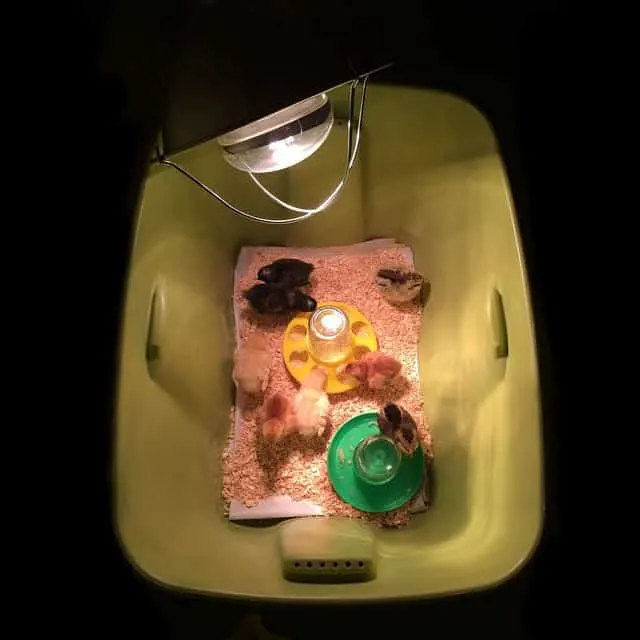
Brooder Option #1
Our first brooder was a larger plastic tote with a heat lamp hanging over it. In our house. That will never happen again. Aside from the massive amounts of dust that covered that room, the fire hazard (that we weren’t aware of at the time) just isn’t worth the risk. Plus, they outgrew that tote fast and we had to get a new, larger one after a few weeks.
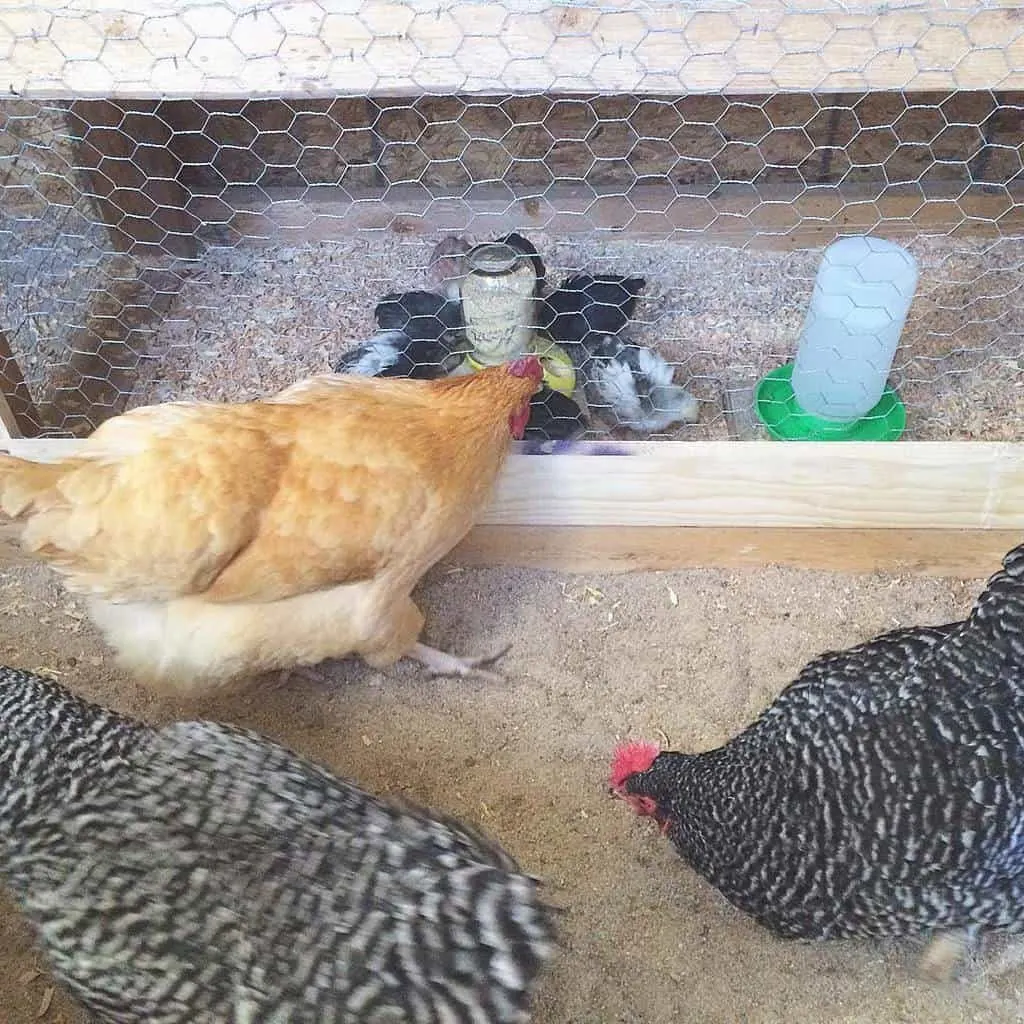
Brooder Option #2
Our second brooder was a wood-framed box covered in chicken wire and placed in the chicken coop under the roosting bars/poop board. We wanted the babies out of the house and to have the older girls get acclimated to their new sisters. This worked well, but it was definitely a hassle accessing the chicks and their food, water, and bedding.
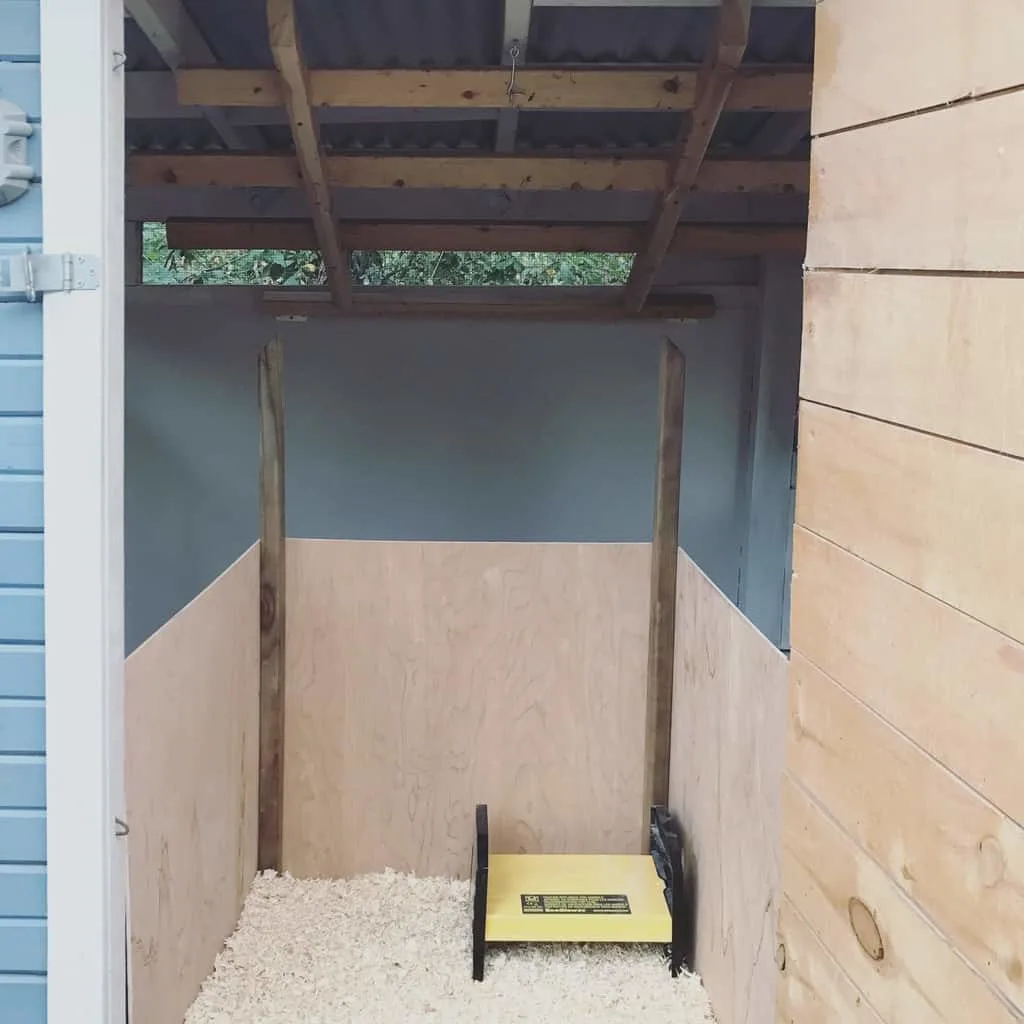
Brooder Option #3
The most recent brooder is again in the chicken coop, but no adult birds in there this time. I created a “box” out of decking slats and plywood to create a smaller area of the coop so we could easily reach in to fill food/water and change the pine shavings. This is by far my favorite setup, but I know that it won’t be possible every year as we have adult chickens again.
You can see how we made our chicken coop in this blog post. We didn’t follow a plan and don’t have one written up, we just kind of built as we went, so you can get inspiration from our method and photos.
The brooder/heater that we use is a Brinsea EcoGlow. Not only is it extremely effective (that tiny little thing can heat up to 20 chicks (for real, all 20 of ours fit under there), but it’s a safe source of heat for those fuzzy chicks. If you choose to use something else, do NOT use a heat lamp. Those things get so hot and are a tremendous fire hazard, especially in dusty chicken coops covered in combustible materials (bedding, wood walls, etc).
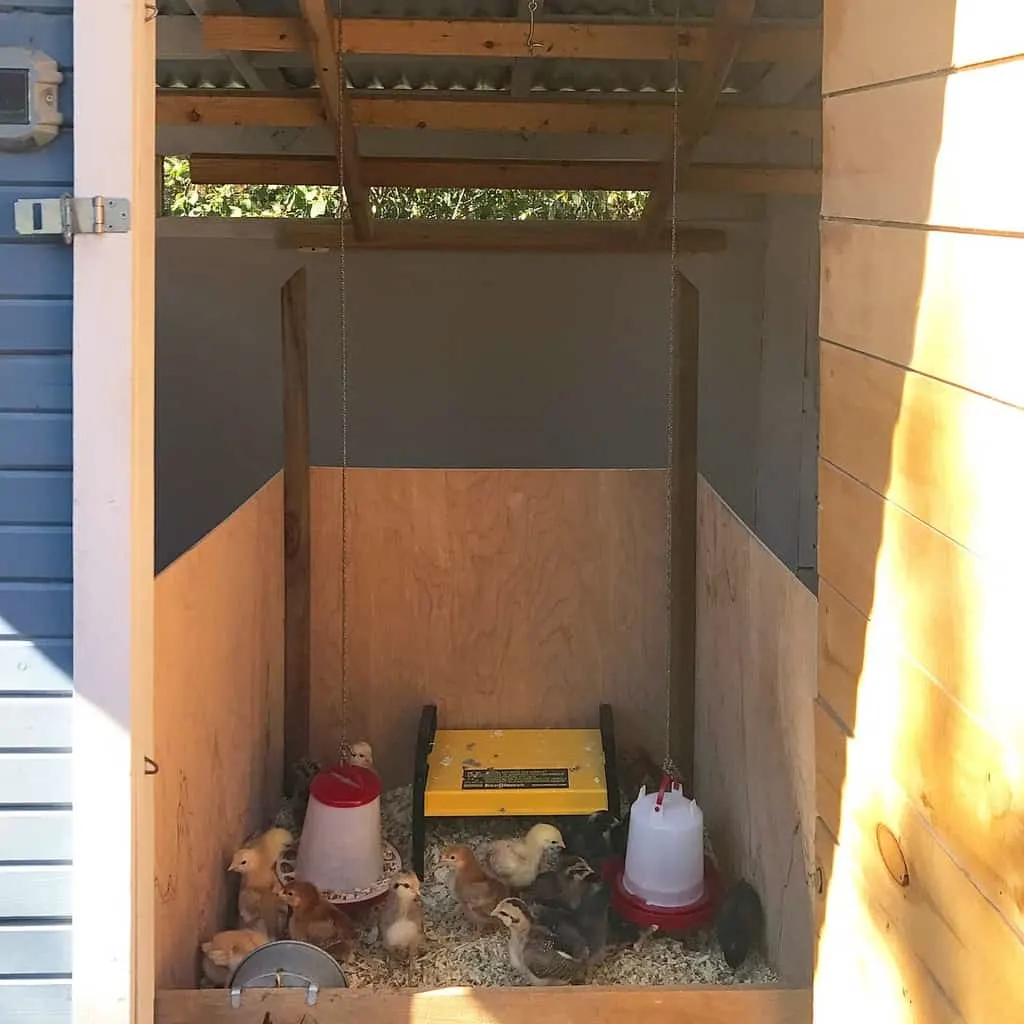
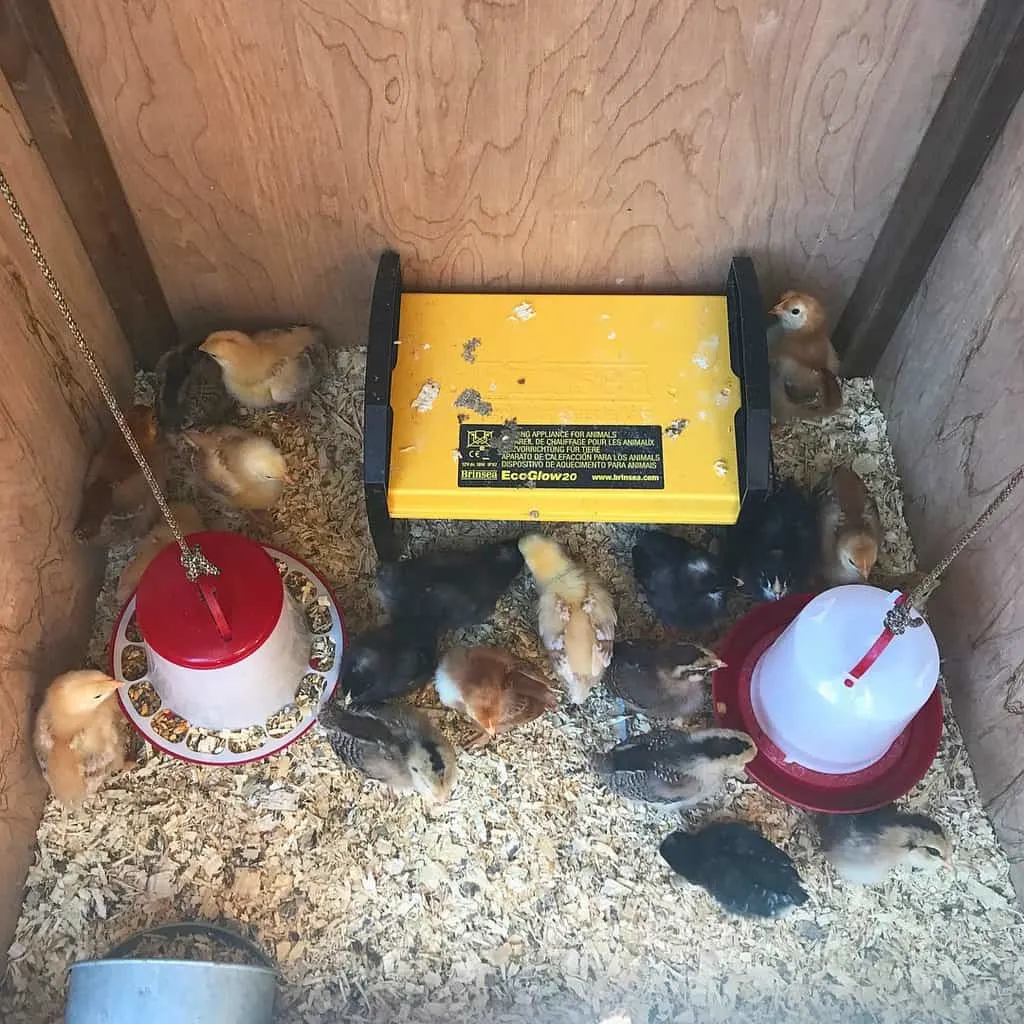
So now you know what and how to feed your chickens, but where do you actually get them? For the past few years, we got our chicks from a local feed supply in town. But we wanted very specific breeds (more on that in a bit) and weren’t sure we’d be able to get them from the feed store in town, so we purchased them online from Hoover’s Hatchery this year. They hatch chicks all year round (though only some breeds are available all year, others are only available seasonally). They give you the option at checkout to trim their beaks (nope, don’t do it) and whether you want to get them vaccinated (they offer Coccidiosis and Marek’s) – nope, we didn’t do that either. They also give you the option to order males, females, or straight run (unsexed) chicks and offer quantity discounts. The chicks arrived a day early and all were healthy and survived the trip.
Best Chicken Breeds
We have gone through quite a few breeds and through all our experience, I have narrowed it down to my favorites (in order of favorite, because they aren’t all perfect):
- Barred Rock
- Americana/Easter Egger
- Rhode Island Red
- New to our flock: New Hampshire Red
- Runner Up: Buff Orpington
All of these breeds were selected because of their docile temperament, lack of setting on eggs (since we don’t hatch our own, I don’t want any broody chickens), large laying capacity (between 250-300 per year), egg size (large to x-large), and tolerance to hot and cold weather (they all do great with both very hot and very cold).
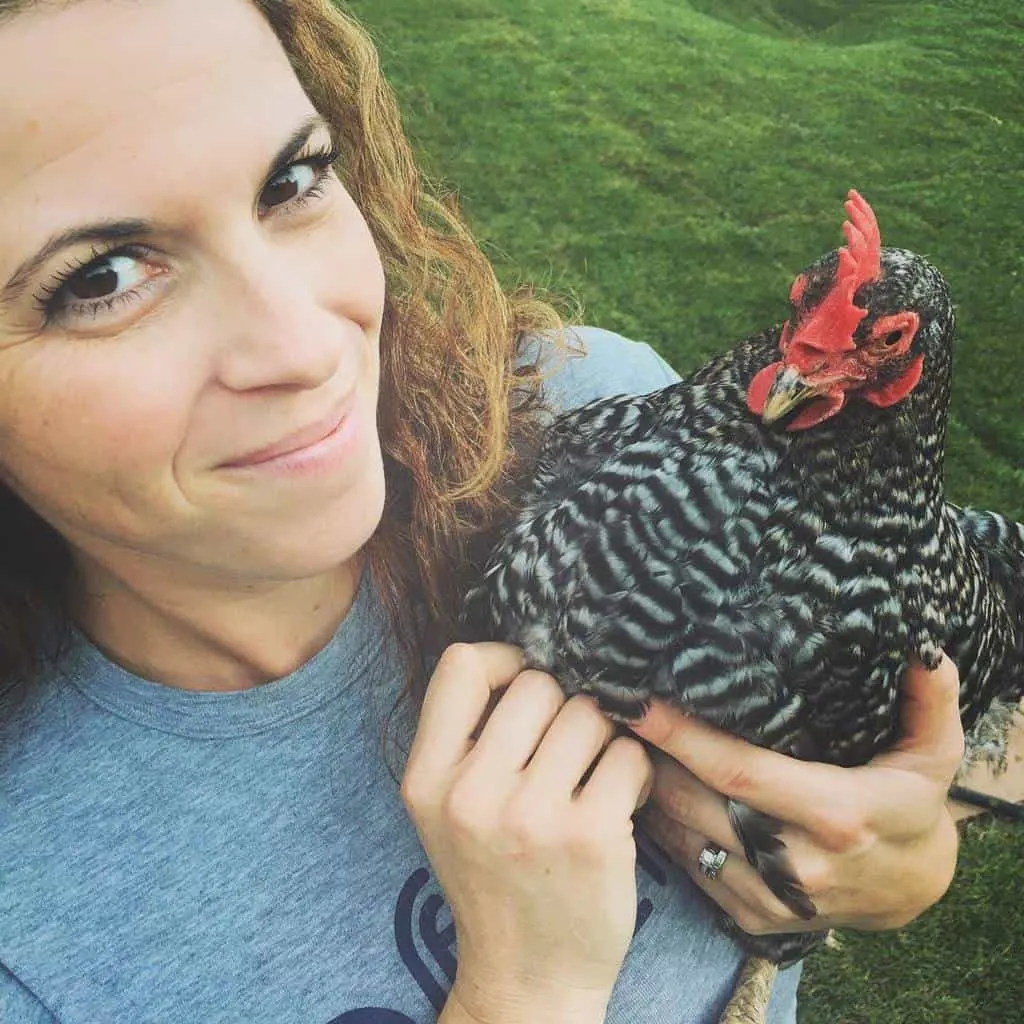
Barred Rocks are just so darn sweet.
If you raise them right from day one to recognize and know you, they will love you. And they’re big fluffy birds too. They lay nice big brown eggs and are sweet (not aggressive) but still assertive to the other chickens in the flock.
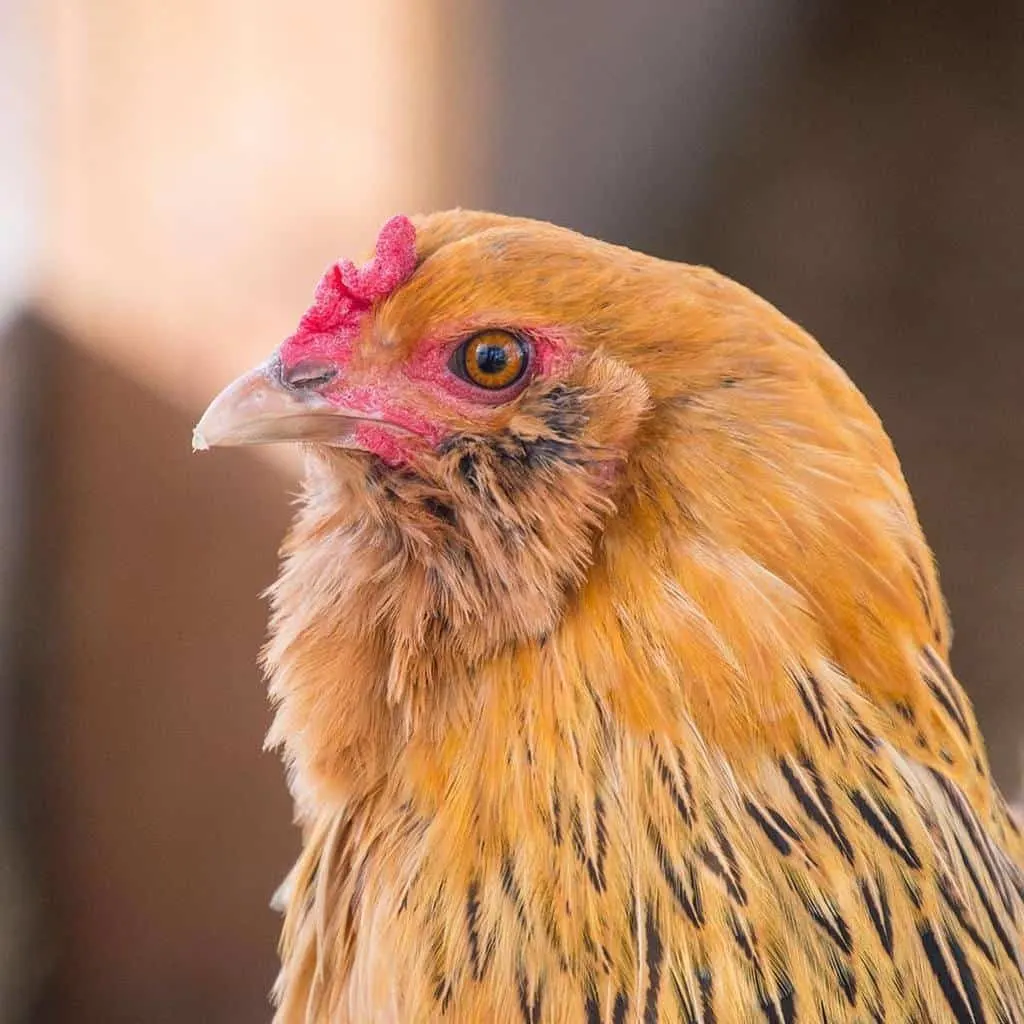
Americanas (or Easter Eggers)
These are a fun breed, they lay beautiful blue-green eggs. These birds also have a wonderful temperament but they run a little small (so not as great for a meat bird). Their eggs are also slightly smaller than the other breeds, but I love having a variety of egg colors in the basket, so that’s why I keep these girls in the flock.
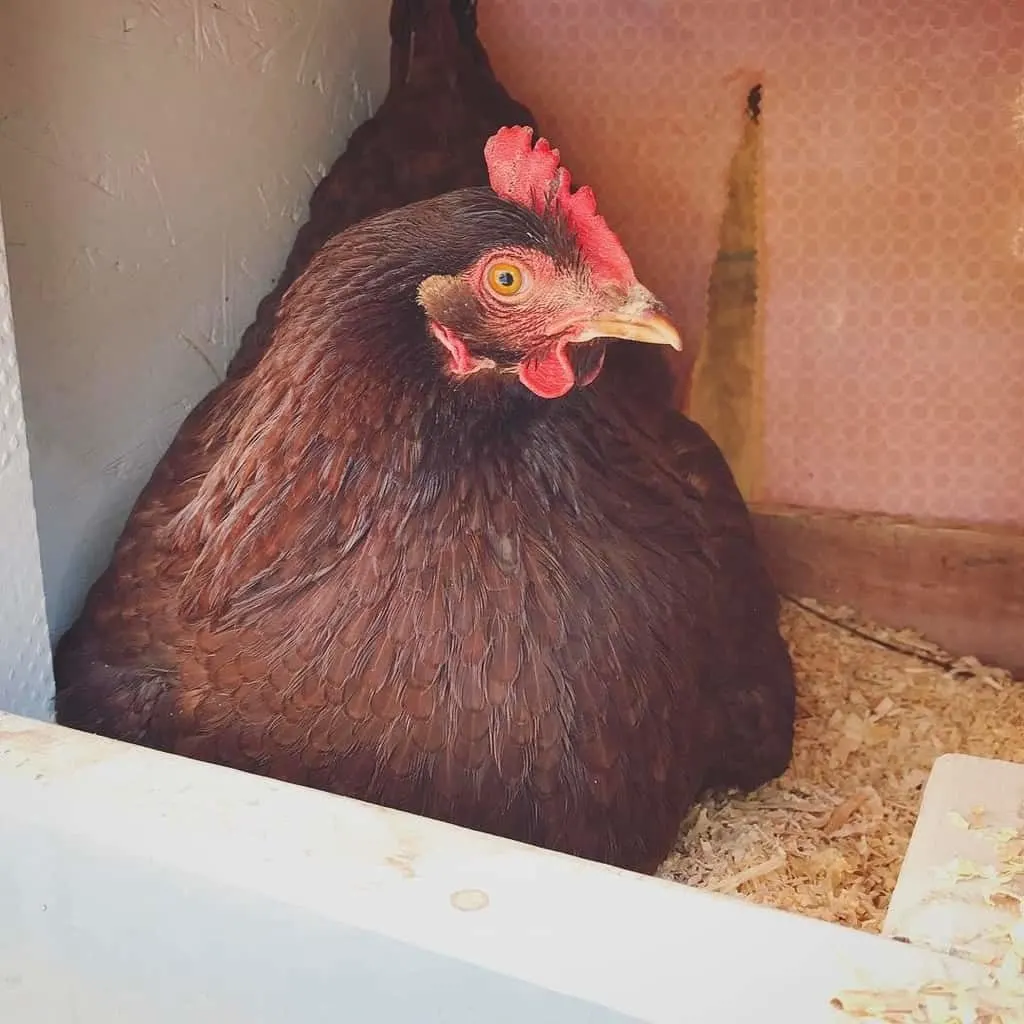
These girls are laying machines. Very large brown eggs, they also lay for longer in the year than some of the others. I have noticed that these girls tend to be a bit more assertive and are definitely always at the top of the pecking order in our flocks. I guess someone needs to be the leader, and so long as it’s done in a non-aggressive/bullying way, I’m fine with it. They are not aggressive towards us, and that’s what matters too.
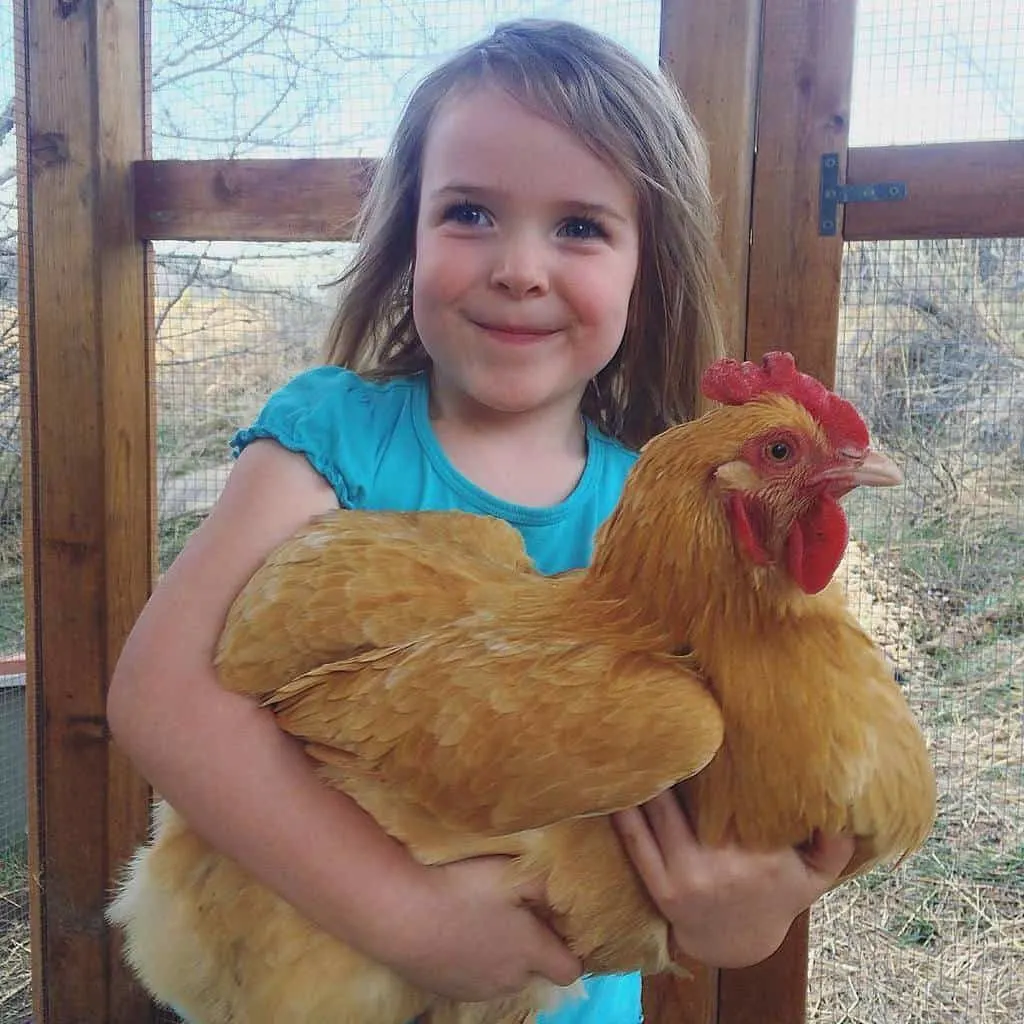
We did not get any of these this year, but had them previously. They are great layers, and out of all the breeds we’ve had, these seem to be the best layers of extra-large eggs, but they got broody and not-so-nice when we tried to break them of their broodiness. Knowing that they tend to get broody, I decided to leave them out this time around. I may bring them back at some point, but I wanted to limit our current flock to 4 breeds.
My father-in-law suggested the New Hampshire Reds this year (he also added them to his flock) so I decided to give it a try. Reading up on them, they seem to have similar attributes to all the other girls in the flock and it seemed worth the risk. If that turns out to be wrong, I’ll definitely update this post to reflect my opinions on the breed.
I absolutely love raising chickens and it’s completely worth the work involved. I originally wanted to do this to teach my kids responsibility but I tend to be a little over-controlling and just do it all myself because I enjoy them so much. They can get a little clucky and loud at times, and we do get irritate with it in the summer mornings when we have the windows open, but it’s such a small price to pay to have your own flock of egg-producing pets. I also truly enjoy having an abundance of eggs and surprising friends and neighbors with a free dozen eggs when we have extras.
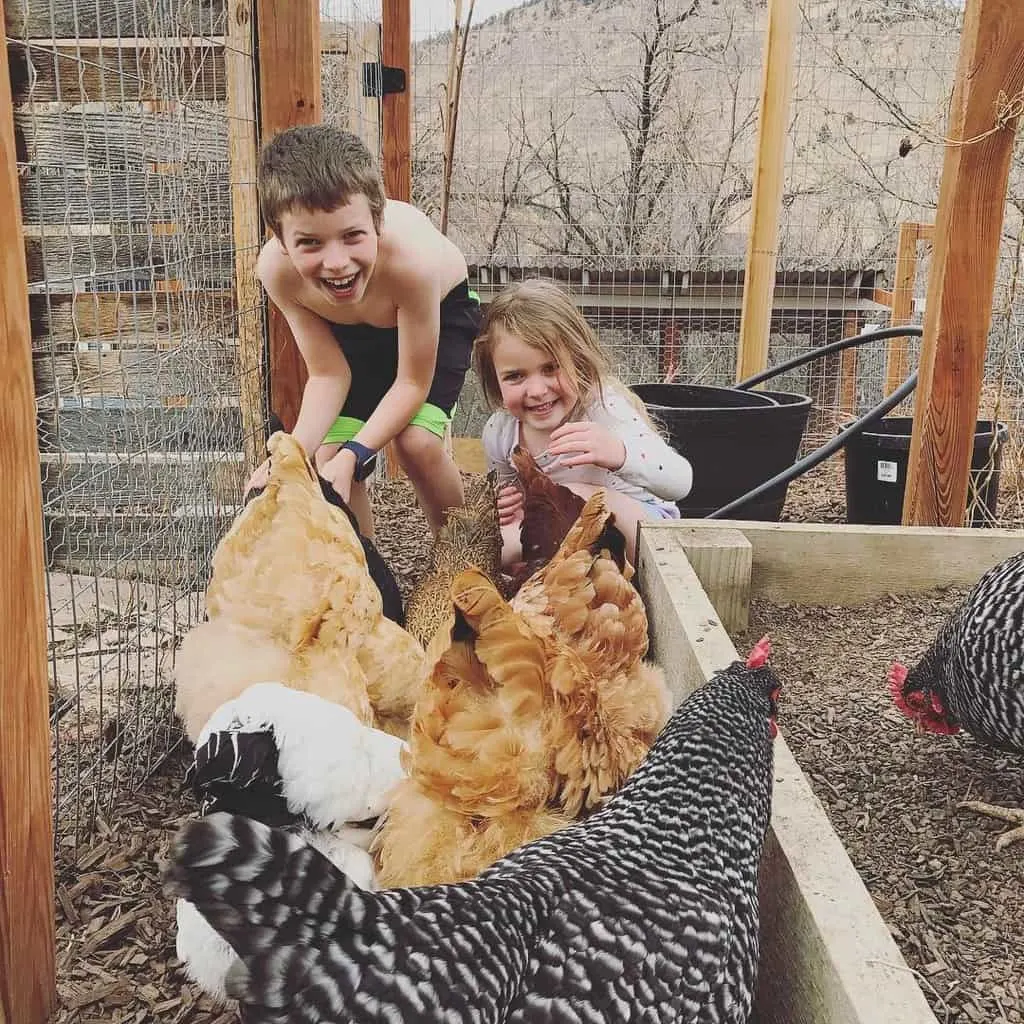
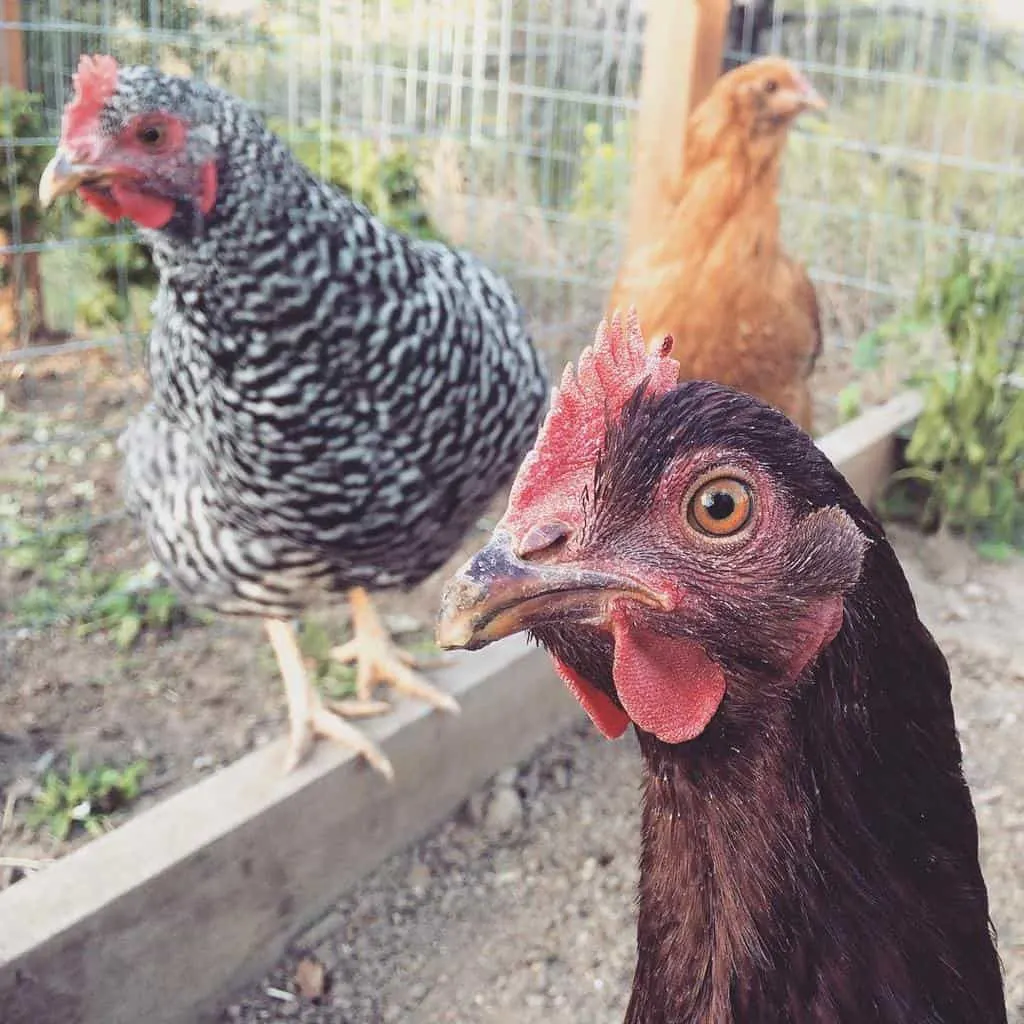
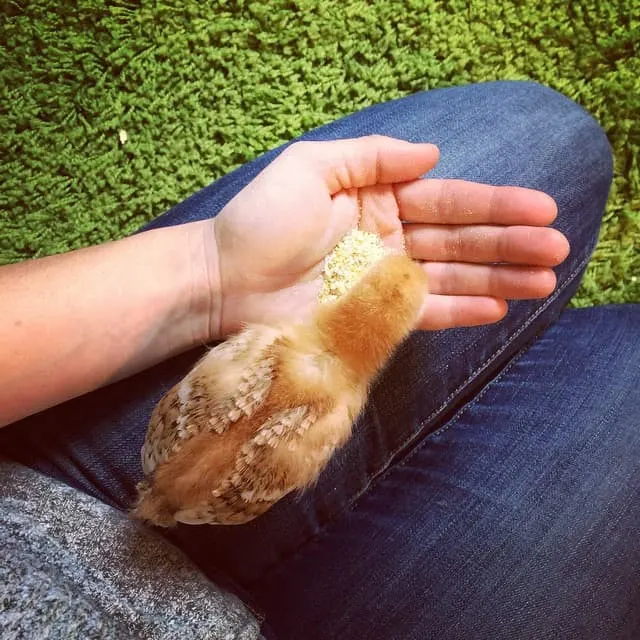
If you’re on the fence about raising chickens, I’d definitely hop over it (check your city laws and HOA restrictions first) and get a few chicks to start with. Just beware of chicken math – baby chicks are like potato chips: you can’t stop at just one…
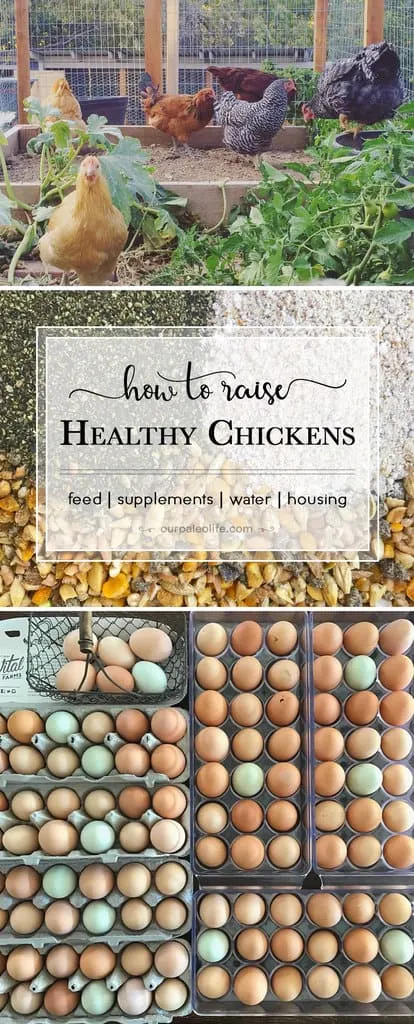




Kelalani
Thursday 15th of August 2019
Hey! I stumbled on your blog looking for ways to live a paleo lifestyle while also homesteading. I was wondering if there’s any way to feed chickens paleo as well? If they live on grain and corn, and then we eat them, we still get the unhealthy glucose through their diet, right? I’m hoping to find a year round solution (my chickens can grub and grass most of the year but not winter or late fall) and keep corn and wheat 100% out of my family’s diet.